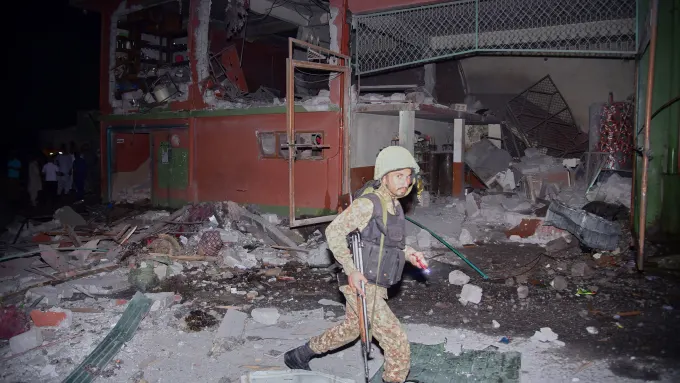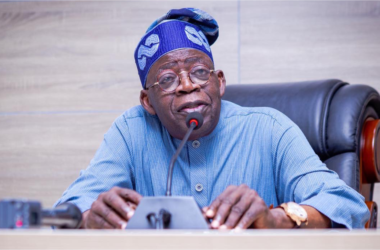In a dramatic escalation of tensions, India has launched a series of airstrikes on Pakistan and Pakistan-administered Kashmir, following a deadly militant attack in the Indian-administered region of Kashmir.
The strikes, carried out under the operation named ‘Operation Sindoor,’ have drawn sharp reactions from both countries, as the situation in the region continues to deteriorate.
The airstrikes were carried out two weeks after a deadly attack on tourists in Pahalgam, a popular resort town in Indian-administered Kashmir.
On April 22, militants killed 26 people, including 25 Indian nationals and one Nepali citizen. India’s Ministry of Defence has made it clear that the airstrikes were a direct response to this attack, aimed at holding those responsible accountable.
The government stated that the targets were “terrorist infrastructure” locations, where attacks were planned and directed. India emphasized that its operations were “focused, measured, and non-escalatory,” and that no Pakistani military facilities were struck.
Pakistan, however, has denied any involvement in the attack, calling the airstrikes “unprovoked” and accusing India of causing harm to civilians. Pakistan’s Prime Minister Shehbaz Sharif condemned the strikes and vowed that the “heinous act of aggression will not go unpunished.”
Additionally, the Pakistani military claimed to have shot down five Indian aircraft, including a drone, although these reports have not been independently confirmed by India. Pakistan’s military spokesperson also reported that at least 26 people were killed and 46 others injured in the strikes.
The airstrikes targeted nine locations in Pakistan and Pakistan-administered Kashmir. Indian authorities confirmed that sites in Muzaffarabad, Kotli, and Bahawalpur were among the locations hit, but Pakistan’s Defence Minister Khawaja Asif accused India of targeting civilian areas rather than militant camps, challenging India’s claims.
This recent escalation follows weeks of rising tensions between the two nuclear-armed nations over the Kashmir issue. The 22 April attack was the deadliest on civilians in the region in two decades, fueling anger and calls for action in India.
Prime Minister Narendra Modi made it clear that India would pursue the perpetrators “till the ends of the Earth,” and that those responsible would face severe punishment. However, India has not publicly named any specific group involved in the attack, and it remains unclear who was behind it.
While Indian police have alleged that two of the attackers were Pakistani nationals, Pakistan has denied any links to the attack.
Kashmir remains a deeply contested region between India and Pakistan, with both nations claiming the territory in full but each administering only part of it.
The dispute has led to several wars, and more recently, it has been militants targeting both Indian security forces and civilians that have brought the two countries to the brink of conflict. The region has witnessed growing militancy since 1989, when an armed insurgency began against Indian rule.
This is not the first time the two countries have clashed over Kashmir. In 2016, India launched “surgical strikes” in response to an attack on an Indian army base in Uri, while the 2019 Pulwama bombing, which killed 40 Indian paramilitary personnel, led to airstrikes deep inside Pakistan’s Balakot region.
Both incidents resulted in military exchanges but did not lead to full-scale war. The international community has expressed concern over the potential for further escalation, with diplomatic efforts underway to prevent the situation from spiraling out of control.










